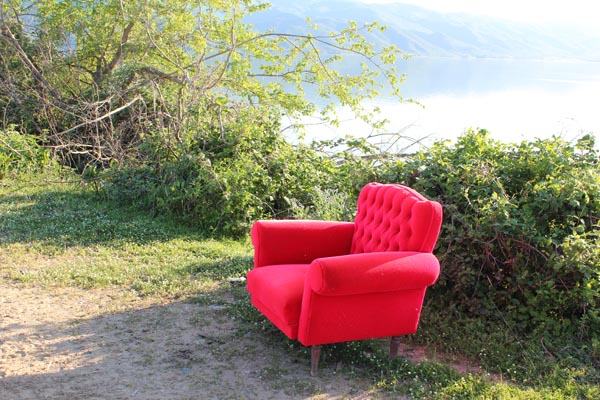



This research work began with the rise of a random event. This random incident took place in the vicinity of Lake Kerkini in Serres prefecture within a workshop, in may 2012. The theme of the workshop was to design observatories for the lake Kerkini. The discovery of a red velvet chair in the mound of the lake, an odd and puzzling finding compared with the landscape of the lake, detached from the general context, caused stimuli and questions.
Sitting on this chair and gazing at the scenery made me wonder how the viewer can inhabit a spatial organization (landscape) with the help of some spatial data (furniture). This afterwards, as a symbolic impression, ows to serve as material for performative processes and synthetic transactions. The realization that the construction-furniture grows familiar feelings in a foreign place, causing appropriation of the landscape, led to the analysis and the effort creating a mechanism. This mechanism using familiar objects, such as furniture and then reconfiguring them will contribute to the experiential habitation of a landscape. The transformed furniture works as a landmark of intimacy.
Originally, a study was carried out on the evolution of furniture both morphologically and constructionally, through time. Afterwards, this project focused on the ability of furniture, through it’s form, to bear notations, to create poetic images,-and therefore poetic living- and to create conditions for the construction of a micro-(eu)topio. A third step of this project, is the effort of inventing a «synthetic tool». In order to succeed in this target, some means were used: the scale, the landscape and generally the topophilic research, the formatting of the body action of sitting, the dipole inside-out and compact images. These means do not only involve a personal living experience but also a meeting point and point of contact with the user. And all of them can probably be achieved by the restoration of the subject's craftsman (bricoleur).
Supervisor: Lykourioti Iris
Reference Number: 487


Challenging of conventional music composition and the efforts of abandonment of the hierarchical model of relations within it, from John Cage’s experiments, led to a degradation and a renegotiation of the roles defined in its production process. The composer launched, the executor is required to take initiatives and the listener is of crucial meaning in the composition . The linear process that leads to a passive receiver lapses and replaced with a dynamic and participatory interaction. A new form of relations is presented, without power relations and rules to restrict them, which manages to create new structures equally stable with the pre-existing ones. Philosophical , political, social variables are being analized, that contributed to shaping the thinking of Cage, such as randomness, silence and uncertainty, along with the monitoring of his own and other experimentalist’s works. Research in theoretical level is completed in practice in the form of a series of experiments - variations. These experiments seek a deeper understanding of the structures of the experimental works and implement the concepts of the creative-involved user and the reduced control of the composer to the outcome.
Supervisors: Lykourioti Iris, Tzirtzilakis Yorgos
Reference Number: 517
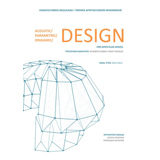

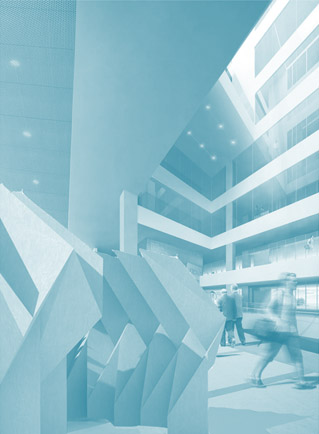

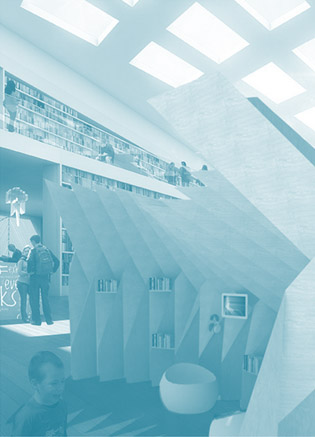

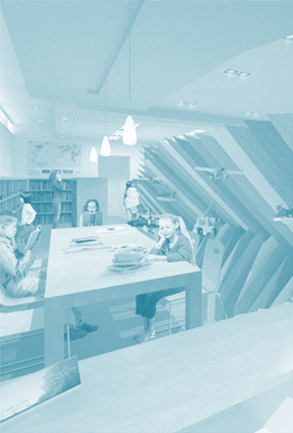

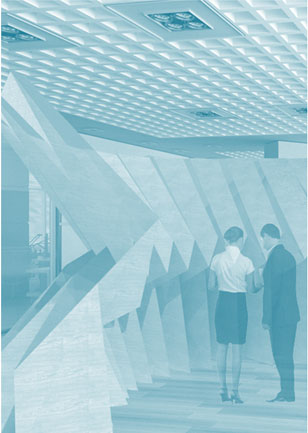

Solving acoustic and privacy problems in open-plan spaces is the subject of our research and the main pursuit of this thesis. This aim is being achieved through the study of proper small-scale architecture subdivisions/screen-walls, within the fields of pleating (origami) and parametric design.
Regarding the research process, thematic processing includes the theoretical overview of scientific objects (open plan spaces, interiorspace acoustics, pleating/origami, parametric design), finding relevant references to works (dividers, paneling, halls, installations), the analysis of the methodology for construction of structural models and evaluation of the above morphological patterns. In this way, an extensive study of the phenomena and forms that contribute to solve the critical issues mentioned above is being attained, as well as the development of a digital design tool for spatial subdivisions, evaluative documented and guided, using appropriate software (Rhinoceros, Grasshopper, etc.) .
With an evolutionary process that is constantly moving between physical and digital design, it becomes possible, the writing and realization of a modeling production tool, whose objects/outcomes, are being categorized and checked based on qualitative and quantitative criteria (acoustic performance, degree of privacy, spatial structure, aesthetic documentation, etc.) using the theoretical framework of knowledge derived from literature sources.
The ability to obtain complete design and construction of a screen-wall or a series of such small-scale structures, which will answer to the requirements of each space for sound insulation and spatial introversion, without depriving the designer’s synthetic capability and ability of critical thinking, is a desirable and prospective outcome of this thesis. In conclusion, deepening in the analysis of the research method conducted seeking for a pleated unit-profile, which works as a base for the subdivisions, as well as for a set of curves that act as morphogenetic parameters (power curves, elevation curves, top and back curves), can be a source of information and consultation for further study and creation of similar projects of equal or greater scale than those under consideration.
Supervisors: Vyzoviti Sophia, Remy Nicolas
Reference Number: 533
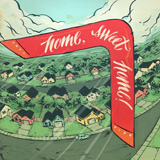

If we stop remembering we stop existing, our memory is our most valuable asset. Memories of our whole life, memories of every place we have lived in or been to, have transformed our perception about space, personal or not personal, familiar and unfamiliar. Memories, habits and experiences complete us as individuals, personalities, unique human beings.
Every individual perceives and imprints every memory, even for the same space, differently.
This is a phenomenological research about finding personal space back at the family residence after leaving the student house for economical reasons(boomerang generation). It is a quest and redefinition of personal space by repositioning objects and remodeling the family residence.
Return at the family residence.
The student house and the family residence are different habitation spaces. Same spaces used differently. The family residence existed before I came in the world, the student houses were chosen by me to begin living on my own in a different city. All the furniture I transferred from the family residence and the new ones I got or made for the student house there, after my return were transferred and repositioned back to the family residence, come to become one. Old space and new, old and new objects, are repositioned and redefined one inside the other. Some of them match, some of them come to find their new places, some are considered unnecessary and remain stored waiting for their reuse.
Daily experience, daily observation and study of the places of the objects, actions and reactions between the family members form a new “temporary” habitation environment in continuous quest of personal space.
Space which is not possible to find in the family residence, so I “have to” move back to the city of Volos, as a guest in other student houses, carrying with me only personal objects and clothes.
I have no longer have entrenched personal space, but I create new space where I live in by placing my objects there with greater convenience than back at the family residence, because the relation I have with the people I live with is not consanguineous but friendly. They are individuals of almost the same age and this is why we have common interests and lifestyle.
Supervisor: Psychoulis Alexandros
Reference Number: 499
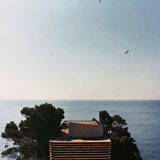

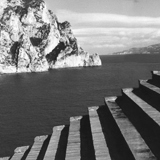

Casa Malaparte perches on the tip of a rocky Capri promontory, in the most inaccessible part of Capri. Build in the 1930s by a bricklayer and a writer of questionable politics, with absolutely no foreknowledge of architecture, save only his personal experiences and choices, is considered as a building beyond conventional time and space.
It is a house of paradoxes. Rational and untamed, modern and magical, it stands on the wild landscape as a bold red spot over reality. The unrequited stories, which fill the house, unfold at the same time different interpretations depending on the moment and the poetic theme. It follows the idea of a unity that embraces contradictions and incoherence; made it a point to avoid definition both he and his casa. Essentially, casa Malaparte figures the vision of a man with no immediately apparent influences, who wishes to construct a portrait of himself, a tangible image of an isolated, romantic, rebellious intellectual, a living literary work. Perhaps this is the writer΄s final paradox, his most permanent memory is also the most accurate.
The research is about the design of a timeline both of Curzio Malaparte΄s life and Casa Malaparte΄s construction, focusing on the second part. A biography of a man and a house in parallel paths. Precisely because of above all it is a residence under the specific instructions of one person, only through his life journey and the current situation of each period make it possible to be analyzed and clarified to a point. Its architecture at the far-flung promontory remains eternal and by the same token the work will never really be finished. The building combine and correlate the meaning of existence with architecture, the human status with nature, the past with present time. It balances between the world of the imaginary and the real, as its owner.
Casa Malap-arte. A biography house, with the art of the creator infused inside.
Supervisor: Paniyiris Costis
Reference Number: 523


The relationship between port and city has transformed many times in conjunction to the political, social and economical conditions. Docks are special port components, as artificial volumes that enter the sea. Due to their position, form and importance, they are a favoured issue of controversy. It is worthwhile to investigate the prospects of transforming docks into an active part of the city.
Docks were always links of communication between cities and the rest of the world. Their operation was upgraded due to technological advancement and the industrial revolution. Thus, modern docks were constructed. The use of containers for sea transport of products after 1950, resulted in removing the old commercial ports and abandoning their docks. A trend of regenerating these areas was noted around the '80s. The implemented strategies vary according to the set goals, which included economical growth (London Docklands), issuing the residential problem (Eastern Docklands), tourism, creation of public space, commercial growth, environmental improvement. There were cases where the wanted connection to the city was not accomplished (Melbourne Docklands). In Greece, the cases of docks' regeneration are of small scale and without a central goal. Nevertheless, it is an issue of study due to the importance of port for the Greek city. There are proposals for the port of Piraeus, Thessaloniki, Volos and Patra.
Critical factors for the regeneration of a dock that scopes to make it part of the city are combination of usages, economical and social capacity, re-establishing the relationship between man and sea, hypertopicality, avoidance of embellished and painless proposals, priority on the problems of each region and the people's necessities. Based on these, along with requesting the preferences of Volos residents, the removal of the commercial port and the refurbishment of the Silo's dock into a public green space of leisure are proposed.
Supervisor: Triantafillidis Giorgos
Reference Number: 504




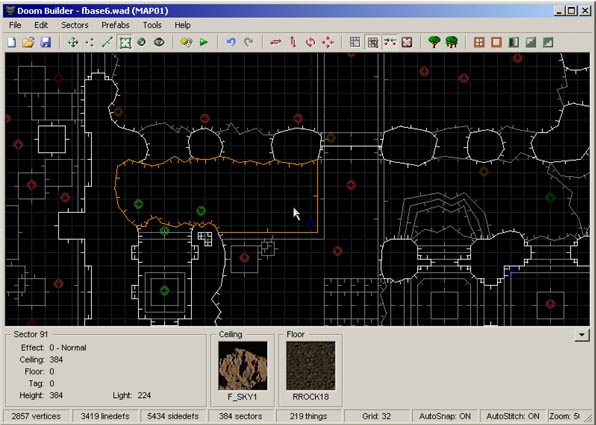

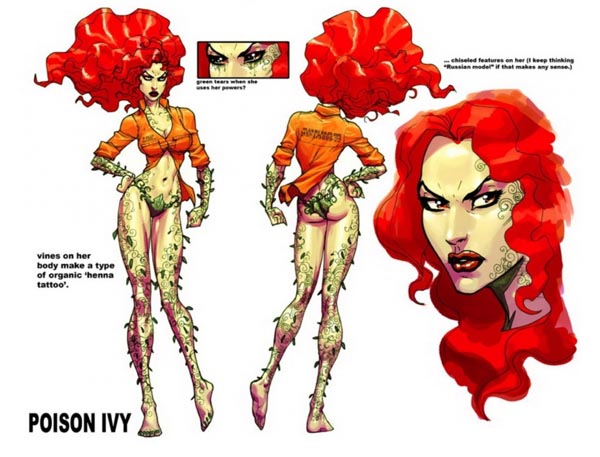

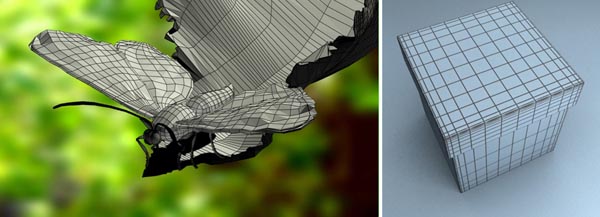

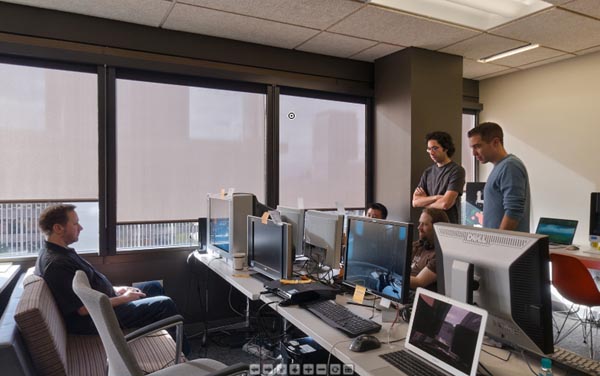

Games are an important part of human civilization. They represent a significant medium of creativity for children or adults, and they are good way to educate. Many factors can be used in order to divide games to different categories. Video games first created and used in the 20th century form a major category. Due to constant technological advancement and their acceptance from players, today, they represent the prominent way of gaming. Although they were simple when they were first created, nowadays games are complicated and they use many artistic and scientific elements, in order to attract gamers. Architecture is often a vital part of a video game concept or development. The representation of buildings, as much as the creation of new worlds with new rules is a common part of video game development. Such influence can be of interest, and can lead to a search of similarities between architecture and video games. It can categorize common tools, methods and reasons that can make the study of video games development important for an architect. Video games industry can attract architects that are interested in various parts of a game creation. Those processes are interesting and can be studied. Such a study can lead to the creation of textbook, capable of helping architects get the basic knowledge that is necessary for participating in the creation of a video game.
Supervisor: Bourdakis Vassilis
Reference Number: 481
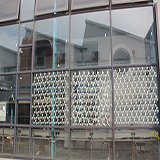

Architects today examine and design buildings with a dynamic and organic nature, whose main characteristics are adaptability and flexibility. When the interest of the research is focused on the study of the facades that form the outer shell of a building, researchers try to control the internal conditions of insolation, natural lighting and ventilation in order to balance external and internal environmental conditions, helping in this way to create comfortable and satisfactory spaces. The shell behaves as a "middleman" between internal and external environment. The ongoing status quo that is being formed in architecture internationally, imposes a more flexible and changeable architectural design that will respond directly to changing user needs and conditions of the external environment. Advances in technology and the development of motor systems can contribute even more to the creation of an architecture based on adaptability, versatility, interaction with the environment and flexibility. Our research focuses on analyzing kinetic and interactive architectural systems. Furthermore, our essay examines the concept of alteration of an architectural form and its interaction with the environment and its users. In addition, we make an attempt to study motor systems, based on their structural and interactive operation through representative examples and references. Our design proposal focuses on creating a kinetic facade, the form of which will be affected by several factors such as climatic conditions, laboral hours, temperature and the move of users. Our approach concentrates on the interrelationships of the kinetic structure, the user and the environment. The present essay searches for mechanisms, materials and technologies that will help the kinetic structure adapt to the specific requirements of the climate of a region, developing a cooperative relationship with its environment.
Supervisor: Tsangrassoulis Aris
Reference Number: 505

